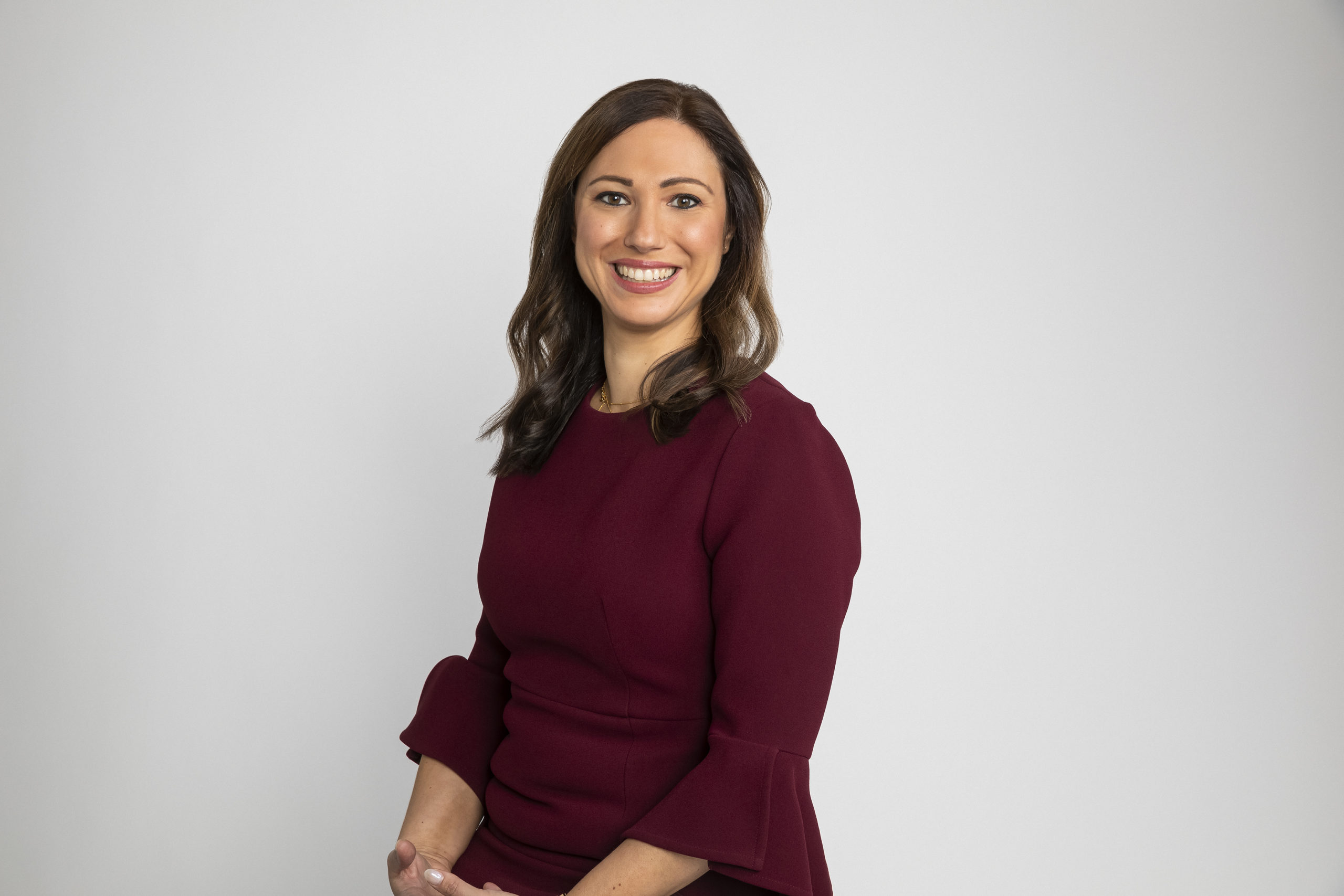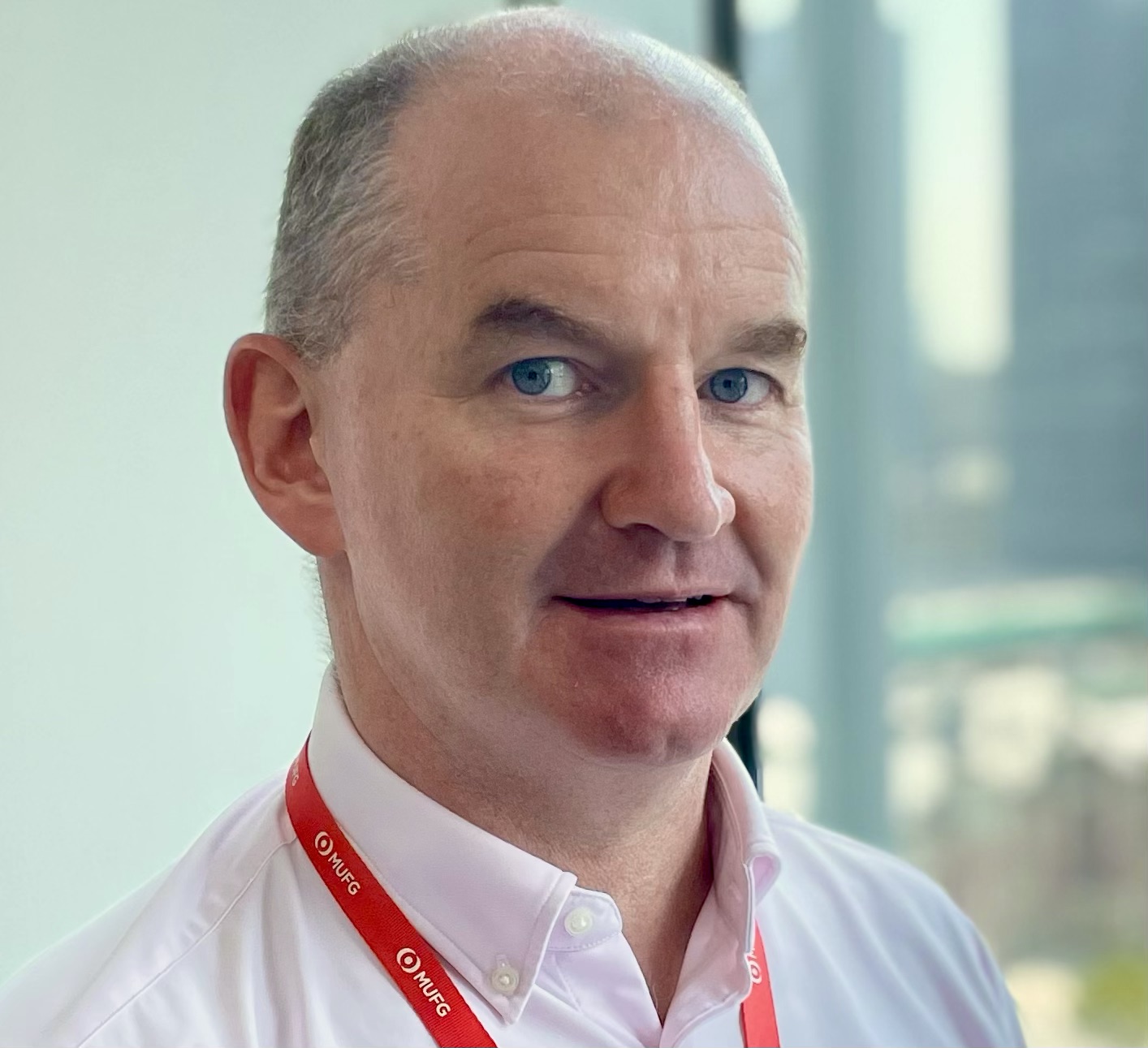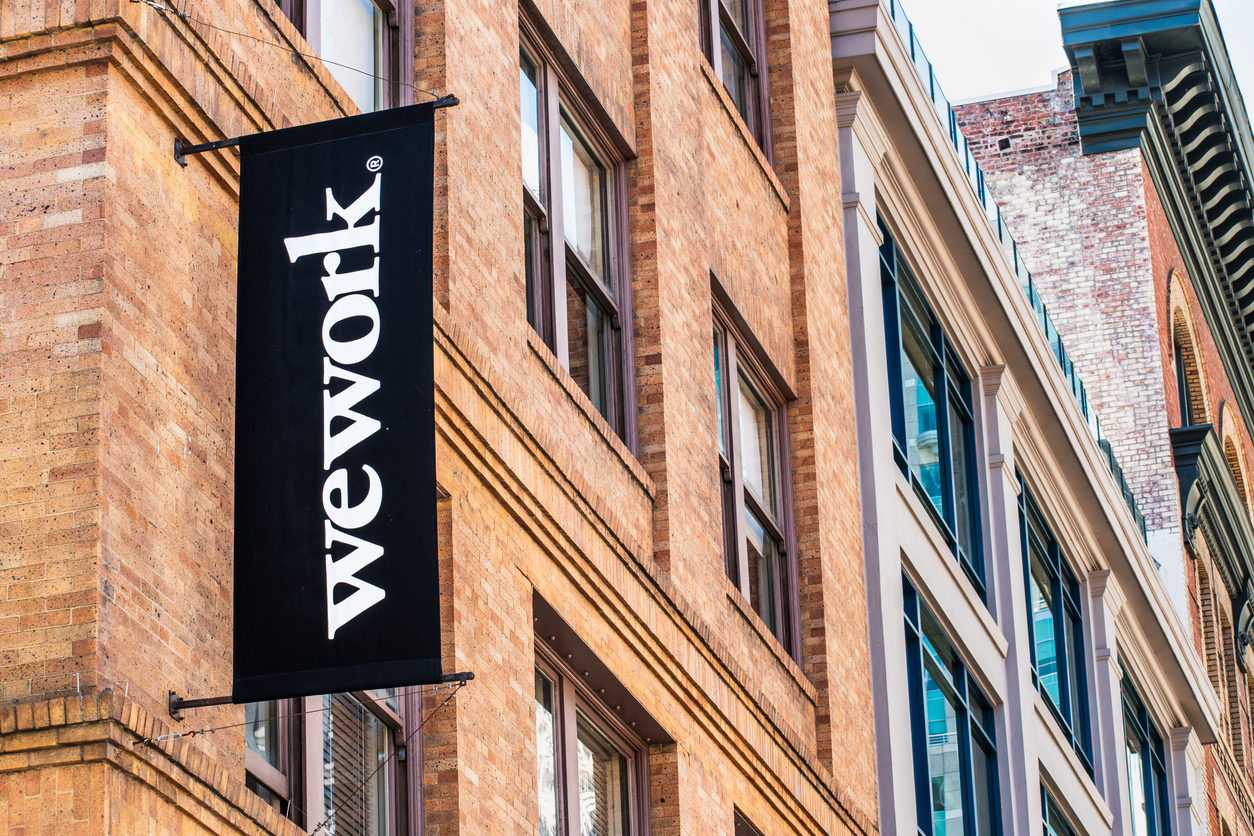
Why Innovation, Data, and People Remain at the Heart of Every SoftBank Investment
Catherine Lenson, Chief People Officer and Head of Social Impact at SoftBank Investment Advisors, and Behavox’s newest Board member, shares her vision for the future of SoftBank and what still makes her feel excited.
Through the SoftBank Vision Fund, SoftBank Investment Advisers (SBIA) has invested more than US$100 billion and helped change the technology landscape. What’s next for the world’s biggest growth capital fund?
The Vision Fund was created four years ago with the ambition to catalyze the AI revolution, helping emerging technology champions to disrupt existing industries and create entirely new ones. We aspired to pioneer a new form of investing, at the intersection of technology and finance, what our CEO, Masayoshi Son, calls, “vision capital.”
As with technology itself, technology investing is undergoing radical change: companies are staying private for longer, sector winners are increasingly dominant across geographies, there’s pressure to scale faster across borders and a need for liquidity among early-stage investors.
We’re still early in our journey, and while our strategy has evolved between Vision Fund and Vision Fund 2, our long-term vision remains unchanged. We evaluate companies from three angles: large market opportunities for a new leader to emerge with a scalable solution; a model based on data and AI that solves an existing consumer problem; and a clear-visioned, execution-minded founder.
As the chief people officer of such a huge investment firm, what challenges and opportunities has SBIA experienced during the last 18 months (and enforced remote working conditions)?
As with every business, the pandemic forced us to adjust. We had to take stock of how we operated, how we supported our portfolio companies, and how we supported each other. Ultimately, we were able to pivot to a digital-first model relatively seamlessly. We’ve seen plenty of examples where we’ve been able to make processes more efficient in that model.
I’ve been fascinated by some of the communication challenges that accompany virtual and hybrid working. We all rely on body language to connect and build trust, so there’s no doubt that we’ve had to spend more time trying to figure out the subtext to digital communication. I’ve never thought so much about choice of words, and tone.
I’m passionate about ways that, as a leader, I can show empathy and care in a digital environment by reading carefully and writing clearly. Those are such underestimated skills, and I value them so highly in my team and my colleagues. I found Erica Dhawan’s book, ‘Digital Body Language’, really insightful on this topic.
Our culture at SBIA has proven itself a tremendous asset in bringing people together even during times of physical isolation, and I believe we are now emerging as a stronger organization.
That said, the experience has also reaffirmed our belief in the power of face-to-face interaction. We’ll never work again in the same way as we did before the pandemic, but as we transition to a hybrid working model under the current guidelines, I’m personally thrilled to be reconnecting with so many brilliant colleagues in person.
How are your colleagues feeling about getting back to the office after a period of homeworking? Are people generally happy to be back?
Honestly, there’s a real mix. Some people, for sure, are thrilled to have face-to-face contact again. But we’ve also had some fascinating conversations about how the introverts on our teams – I’m one, by the way – are managing the change.
I read a recent BBC article that talked about the workplace being created by extroverts, for extroverts; and how the ease with which people can access your space without invitation can be pretty intense for someone with a preference toward introversion.
I know personally that although I’ve become accustomed to operating in an extrovert-centric world, after a day of it, I need to recharge. Those dynamics have been turned on their head during the phase of remote working, and people have to relearn the habits of how to work together in a shared space again.
How have these experiences, and potential insights, affected SoftBank’s people strategy? What are the main things that you think a people leader should be aware of in this new world?
I think we’ve seen a massive generational shift take place over the course of the pandemic. All of a sudden, geriatric millennials like me are finding that what we value in and need from a workplace feels quite different to the next generation; just like we felt when we entered the workplace and looked at older generations.
A piece in the New York Times said “Older generations were much more used to punching the clock.” […] “It was, ‘I climb the ladder and get my pension and gold watch.’ Then for millennials, it was, ‘There’s still an office but I can play ping pong and drink nitro coffee.’ For the next generation, it’s, “Holy cow I can make a living by posting on social media when I want and how I want.”
One thing is for sure, which is that the increased attention that we’ve seen during the pandemic to employee wellbeing and to Diversity, Equity, and Inclusion are here to stay. These topics are now ingrained in managers’ minds across businesses; no longer something that can be passed to HR to deal with. Post-pandemic, the concept that a manager might not know anything about an employee’s personal life feels absurd. We’ve all gotten so used to seeing each others’ spouses, kids, and pets on Zoom calls — it’s a totally different sort of integration. That aspect will carry forward into post-pandemic life, I’m sure of it.
As the world reopens and we figure out what the new normal will look like, CHROs have to think about the best way of working for their company and teams. Is the company ‘remote first’ or ‘office first’? Each route has a particular impact on culture and on individuals’ development, and that consideration helps build fair policies and foster a vibrant work environment.
What new technologies, and innovations have emerged in recent years that have helped your team specifically?
There’s so much exciting innovation in the HR tech space. As well as Behavox, we’re happy customers of Bamboo and Lattice, and we’re starting to look at a really cool new set of tools in the talent space, including one I’m super excited about called Ten Thousand Coffees, which uses AI to power career development through professional networking and mentoring, one-on-one and in groups.
At a macro level, the world is witnessing unprecedented demand for human capital. There is a growing demand for solutions that help businesses manage talent — from hiring, to onboarding to engaging with those employees.
Within our portfolio, we’re big believers in the power of data to help businesses meet these challenges. Today’s winning companies have to find and onboard new employees quickly – and need tools to do so. Eightfold AI, Jobandtalent and Andela are each addressing this problem. The next challenge after hiring employees is to keep them engaged. Beisen and Skedulo are both providing solutions for their customers. These companies, and others like them, are not only reshaping how work gets done but are fundamentally changing the dynamic between technology and human capital.
How have you used some of those technologies to foster SBIA’s corporate culture? And, in a company the size of yours, how do you ensure those technologies foster engagement without stifling innovation due to compliance requirements?
If we’re honest, most firms in our sector have a comparable stack of core technologies. The question for us has been how we use those technologies in a unique way to build culture. Using something as ubiquitous as Slack as an example, channels like #praise (giving colleagues the opportunity to call out their peers who have gone above and beyond), as well as a set of social channels around parenting, cooking, entertainment, and fitness were super important at building online communities when we weren’t physically together.
Even simple things, like asking people to share their summer vacation photos and turning them into Zoom backgrounds, holding an online year-end award show, and a weekly cross-team quiz helped bring the team together while we were remote, and are still paying dividends to today.
How has the role of CHRO changed in recent years? Is there now more collaboration with other functions than before?
The position is just unrecognizable from when I entered the industry in the early 2000s. A strong CHRO has the ability to play a pivotal leadership role for a company, and in the right hands, the role can be one of the most important advisors to the CEO. There are some exceptional examples in the sector these days: I’m often inspired by role models like Leena Nair at Unilever, who plays an exceptional role in leading her company, our industry, and civil society more generally.
You lead SBIA’s ESG, Sustainability and Social Impact practice, and I know you’re passionate about bringing more diversity to the tech industry, among other things. Can you tell us more about that work?
We’ve been building this social impact program for more than two years – consulting with experts to better understand the challenges facing our communities and where we’re uniquely placed to help address them.
I’m deeply proud of our Emerge accelerator program, which is now in its second edition, having expanded to Europe after a successful cohort in the US during the summer of 2020. The Emerge program provides underrepresented entrepreneurs with the capital, tools, and network they need to scale their businesses. We’ve successfully brought together a coalition of venture capital funds, seed-stage investors, and founders from across Europe as agents of positive change in supporting a more equitable tech Ecosystem.
Through the summer application process, we received 600 applications from companies in 30 countries across the region, and we had to narrow that down to nine. We then spent eight weeks working with the founders, coaching on every aspect of how to grow their business. I’m proud to say that when the program closed in December, we, alongside our investment partners, committed $8.7 million to the nine companies as part of their wider funding which cumulatively raised upwards of $23 million.
You’re the first female managing partner at the Vision Fund. What advice would you give to women who are earlier in their careers?
Equality begins at home. If you have a life partner, and the two of you want to progress in your careers at similar levels of intensity (which happens to be the case for my husband and I), then you’re probably going to have to throw out everything you grew up with in terms of gender roles at home.
I’m convinced that the mental load that a lot of women carry in the domestic and parenting spheres is one of the key things holding us back in the workplace. Fix that, and you take women out of a downward spiral where they feel that they have to be responsible for thinking about the massive task load that running a household includes. Fix that, and we free up quality time slots for women to be able to focus at work without constantly feeling that they’re multitasking. Fix that, and we role model partnerships to our children that we’d be proud for them to copy.
As a tool for achieving this, I’m a passionate advocate for the ‘Fair Play’ method that Eve Rodsky published a couple of years ago. I wouldn’t say we’ve cracked the code in the Lenson household, but we’re certainly incredibly focused on it.
At SBIA, we have clear goals across the organization to increase representation among minority groups and our senior leadership is accountable for progress against this ambition. Our numbers have been consistently improving and, today, 44% of our employees are women, and 32% of our investors are female — 20% at partner or a more senior role.
There’s a lot to keep you busy. What else are you interested in outside of your
SBIA role?
I grew up in Lincolnshire, nowhere near any of the main commercial or metropolitan hubs of the UK with little exposure to the worlds of financial services or technology that I’ve been privileged enough to work in. That’s left me passionate about creating opportunities and access for talented people, regardless of background, and to role-model for my children what that looks like. It’s part of the reason why I was so proud when we were able to get Emerge off the ground. Working with our first cohort was hugely inspiring, and I’m thrilled to be working with our second group of founders right now.
I try to follow a similar approach in my personal life; how can I help drive change? It’s exciting to apply your skills in new ways — I’ve recently joined a network called Alma Angels to dip my toe in angel investing. We’re on a mission to level the playing field for female entrepreneurs seeking early-stage startup funding, and it enables me to draw on many of my experiences at SoftBank to not only identify fantastic founders but also to add value beyond just capital.
Outside of the investment world, I’m a member of the World Economic Forum’s Young Global Leaders, a community of more than 1,400 members and alumni that seeks to drive public-private cooperation in the public interest. We’re brought together by the belief that some of the world’s most pressing problems offer us an opportunity to build a better future in different sectors and many geographies. I’m also director of the University Jewish Chaplaincy, committed to supporting more than 8,500 Jewish students at over 100 universities across the UK.
I’m privileged to be joining the Behavox board. The company is founded on an understanding of how to bring the best out of people and support strong corporate cultures. It’s a great fit and I’m excited to bring my professional and personal perspectives to the role.







